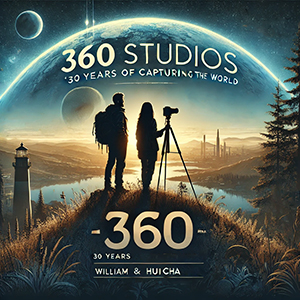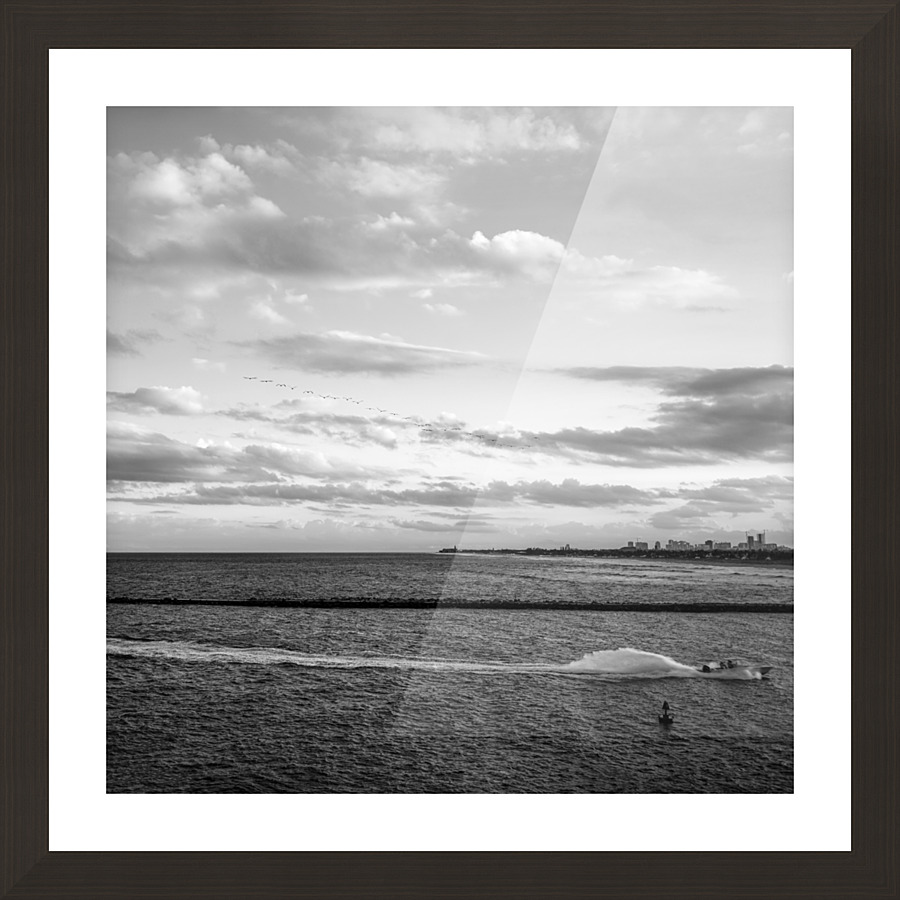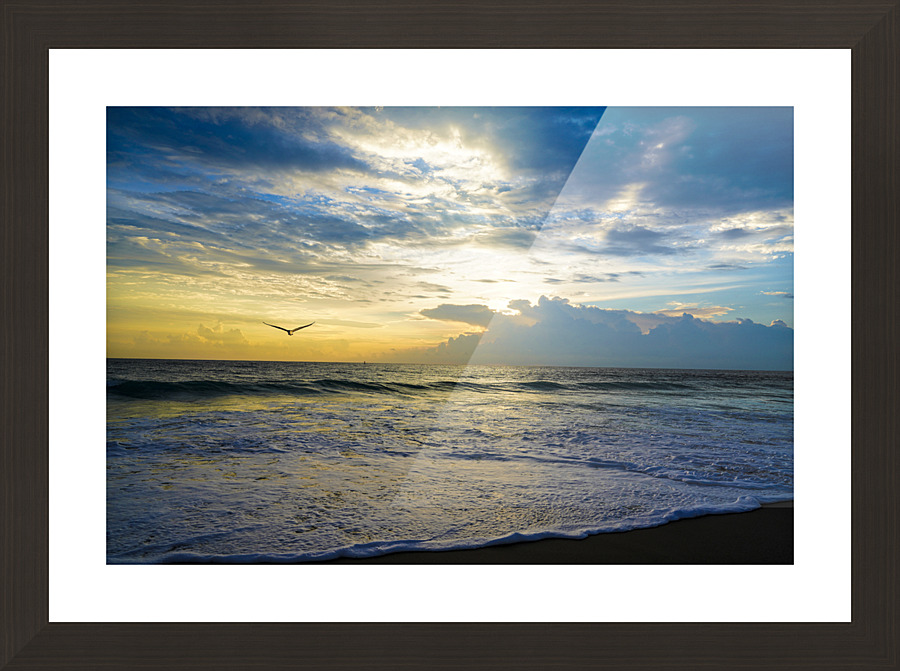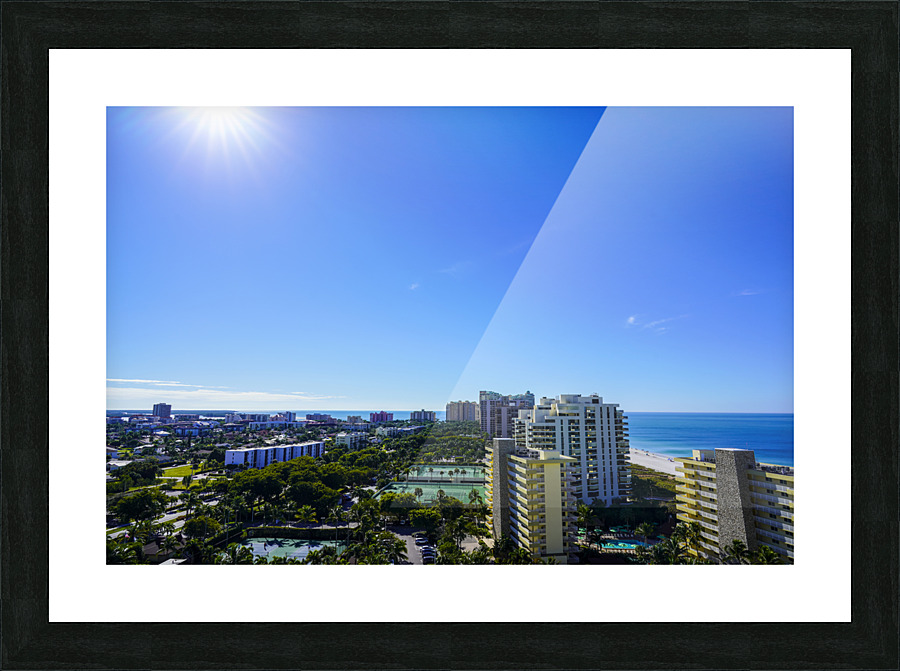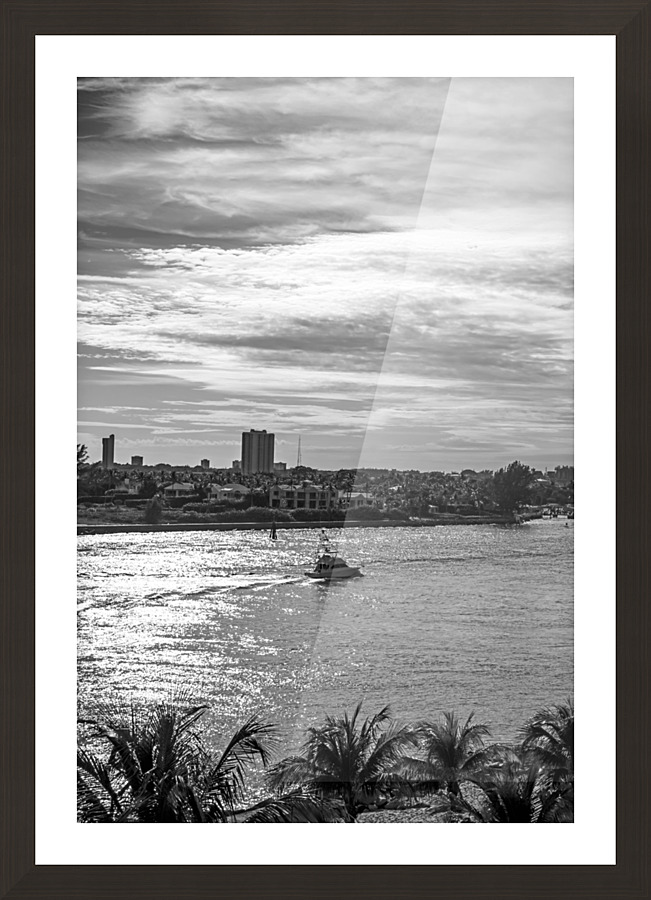
Join William at the crossroads of technology, business, and leadership, where true influence isn't about titles - it's about inspiring action, driving change, and guiding others with integrity. Discover how authentic leadership can transform not just careers, but entire industries.
Discover William Stanek's Exclusive Art Collection
Explore and purchase the stunning art featured on this site. Own a piece of William Stanek's unique and captivating artwork today!

Surviving the Extremes: William Stanek's Death Valley Photography
(June 7, 2025) Death Valley National Park, known for its extreme landscapes and harsh conditions, presents a unique challenge for photographers. William Stanek's extensive work in Death Valley showcases his ability to capture the park's stunning beauty while navigating its demanding environment. This article delves into William's methods for photographing the park's diverse landscapes, his adaptation to extreme conditions, and his efforts to raise awareness about the park's unique ecosystem.
Adapting to Extreme Conditions
Photographing in Death Valley requires careful preparation and an understanding of the extreme conditions that define this iconic landscape. William's approach emphasizes resilience, adaptability, and respect for the environment.
Dealing with Extreme Temperatures
Death Valley is renowned for its record-breaking temperatures, often exceeding 120�F (49�C) in the summer. William plans his shoots during the cooler months and early morning or late evening hours to avoid the most intense heat.
"Timing is crucial in Death Valley," William explains. "Shooting during the cooler parts of the day not only ensures better light but also makes the experience more manageable."
Staying Hydrated and Protected
Hydration and sun protection are vital in the harsh desert climate. William carries ample water, wears lightweight, breathable clothing, and uses sunscreen and a wide-brimmed hat to protect himself from the sun.
"Staying hydrated and protected from the sun is essential," William says. "The desert can be unforgiving, and you need to take care of yourself to stay focused and safe."
Protecting Equipment
The extreme heat, dust, and sand in Death Valley can be detrimental to photography equipment. William uses weather-sealed cameras and lenses, keeps his gear covered when not in use, and regularly cleans and maintains his equipment.
"Protecting your gear is just as important as protecting yourself," William explains. "Using the right equipment and taking preventive measures ensures that your gear performs well in tough conditions."
Unique Geological Features
Death Valley is home to a variety of unique geological features that make it a photographer's paradise. William's work captures the park's distinctive landscapes, highlighting their beauty and diversity.
Salt Flats
The vast salt flats of Badwater Basin, the lowest point in North America, are one of Death Valley's most iconic features. William's photographs of the salt flats capture their stark, otherworldly beauty, often using the geometric patterns of the salt crust to create compelling compositions.
"The salt flats are like a natural canvas," William says. "Their unique patterns and textures provide endless opportunities for creative photography."
Sand Dunes
Death Valley's sand dunes, including the Mesquite Flat Sand Dunes, Eureka Dunes, and Panamint Dunes, offer dynamic landscapes with constantly shifting shapes and shadows. William's dune photography emphasizes the fluidity and elegance of these natural formations.
"Sand dunes are incredibly dynamic," William explains. "Their shapes and patterns change with the wind, creating a new landscape every day."
Mountain Ranges and Canyons
The rugged mountain ranges and canyons of Death Valley, such as the Panamint Range and Golden Canyon, provide dramatic backdrops and intricate geological formations. William's work in these areas captures the interplay of light and shadow, highlighting the rugged beauty of the terrain.
"The mountains and canyons offer a stark contrast to the flat desert," William says. "Photographing these landscapes requires an understanding of how light interacts with their complex shapes."
Unique Rock Formations
Death Valley is also home to unique rock formations, such as the Artist's Palette, with its vibrant mineral deposits, and the mysterious sailing stones of Racetrack Playa. William's photographs of these formations showcase their vivid colors and intriguing shapes.
"Death Valley's rock formations are full of surprises," William explains. "Each location has its own unique character and story to tell."
Photographing Diverse Landscapes
William's approach to photographing Death Valley involves a deep appreciation for the park's diverse landscapes and a commitment to capturing their essence through thoughtful composition and timing.
Capturing the Golden Hour
The golden hour, the period shortly after sunrise and before sunset, provides the best light for photographing Death Valley's landscapes. William uses this time to capture the warm, soft light that enhances the textures and colors of the desert.
"Golden hour light is magical in Death Valley," William says. "It brings out the rich colors and intricate details of the landscape."
Emphasizing Scale and Depth
The vastness of Death Valley can be challenging to convey in photographs. William often includes foreground elements, such as plants, rocks, or human figures, to provide a sense of scale and depth, making the viewer feel immersed in the scene.
"Foreground elements help create a sense of scale," William explains. "They draw the viewer into the image and provide context for the vast landscapes."
Highlighting Textures and Patterns
The desert is rich in textures and patterns, from the cracked earth of the salt flats to the ripples in the sand dunes. William focuses on these details to add interest and complexity to his photographs.
"Textures and patterns are integral to desert photography," William says. "They add a layer of detail that makes the image more engaging."
Using Shadows to Add Drama
Shadows play a crucial role in desert photography, adding depth and drama to the images. William carefully considers the angle of the light and the resulting shadows to create striking compositions.
"Shadows add a sense of drama and depth," William explains. "They highlight the contours of the landscape and create a more dynamic image."
William's work in Death Valley goes beyond capturing its beauty; he is also committed to raising awareness about the park's unique ecosystem and the importance of conservation. William uses his photography to highlight the fragility of Death Valley's environment and the need for conservation. His images showcase the beauty and diversity of the park, encouraging viewers to appreciate and protect this unique landscape.
William Stanek's photography in Death Valley National Park is a testament to his skill, dedication, and passion for the natural world. His ability to capture the park's extreme landscapes, from salt flats and sand dunes to mountain ranges and canyons, has produced a body of work that not only showcases the beauty of Death Valley but also underscores the importance of preserving it.
Through his innovative techniques, deep connection to the landscape, and commitment to environmental awareness, William has created a legacy that inspires others to appreciate and protect the natural world. His photographs serve as a reminder of the beauty that exists in our national parks and the need to safeguard these treasures for future generations.
Continue Reading...

Transform your life with practical wisdom. Discover William Stanek's 'Living Well' series - your guide to a balanced and fulfilling life.
Your Support Matters
Purchasing artwork from William Stanek's collection not only brings beauty into your life but also helps us continue to share. Thank you for supporting our creative journey!
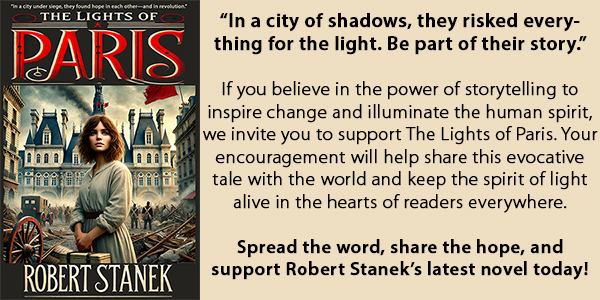
Support The Lights of Paris by Robert Stanek, William Stanek's pen name! Through vivid historical detail and deeply moving character stories, Robert takes readers on an unforgettable journey through one of history’s most transformative times.

